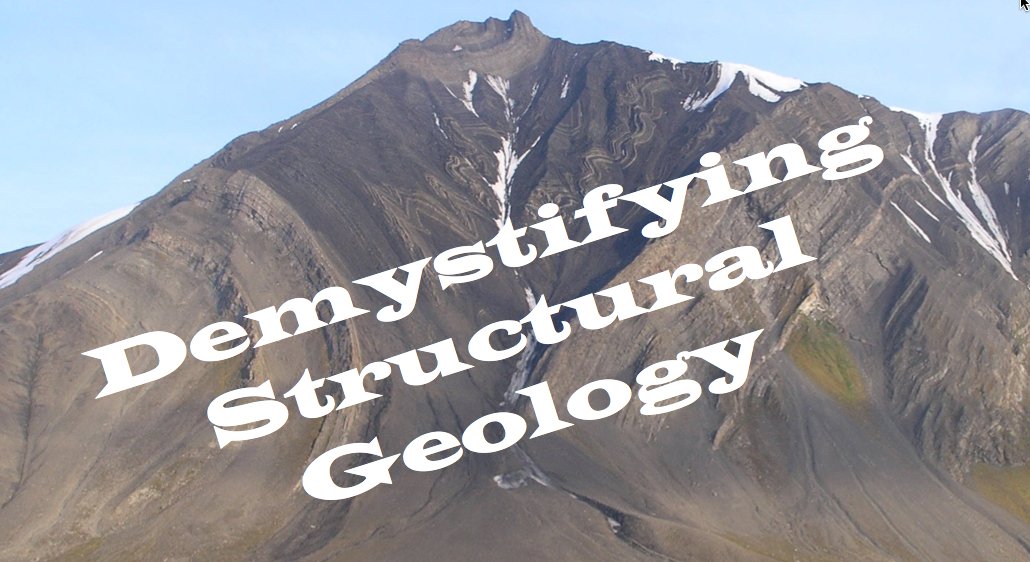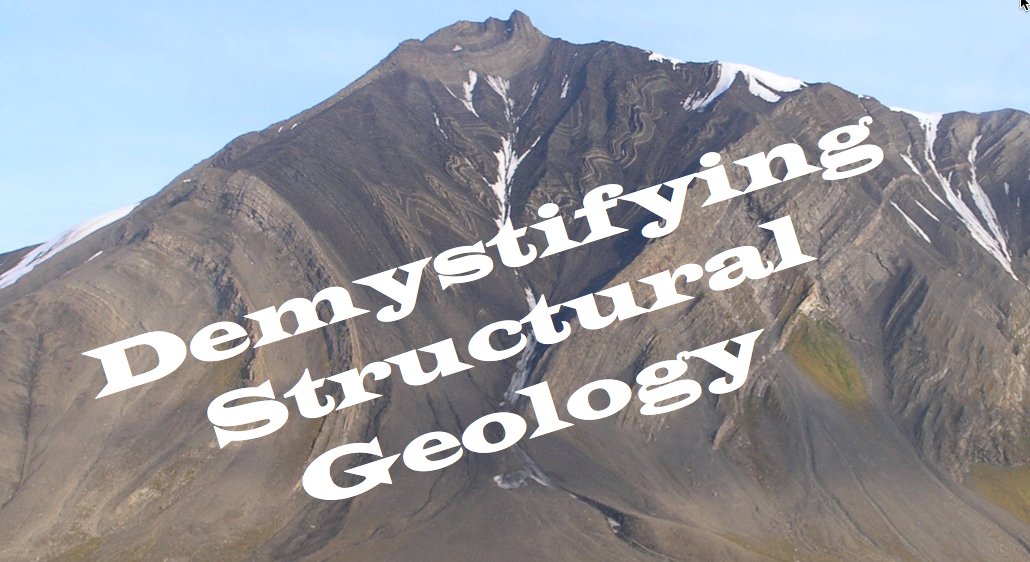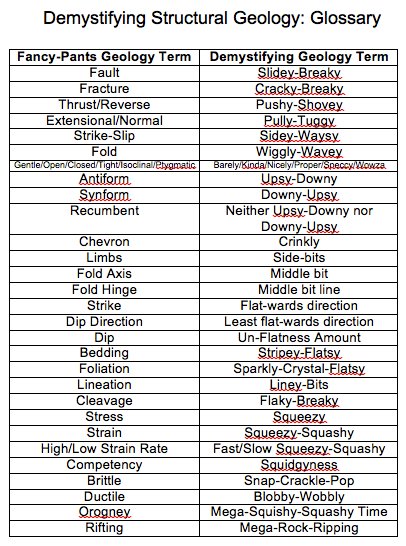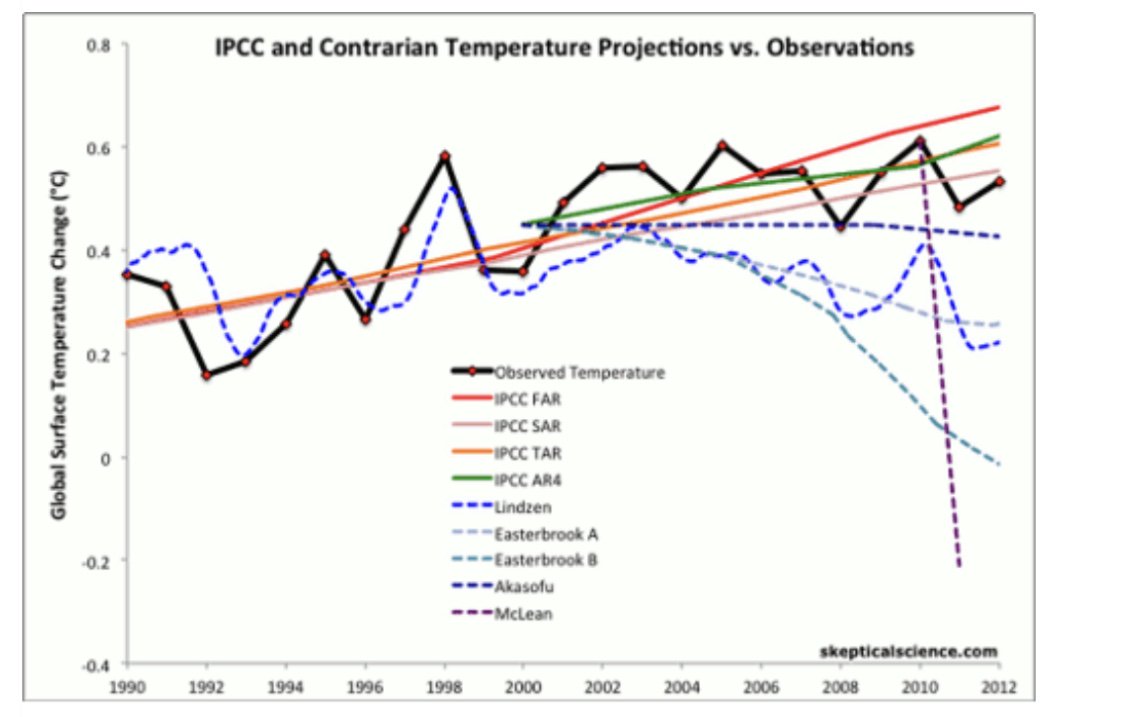Geology is an utter mystery to many, largely because geologists insist on using a ridiculous amount of terminology.
It’s time to Demystify Structural Geology!
Presenting new, simplified & realistic terminology to bring Structural Geology to all!
#DemystifyGeology

Please feel free to add and describe your own photos, or even demystify something else, like volcanology or sedimentology!




































